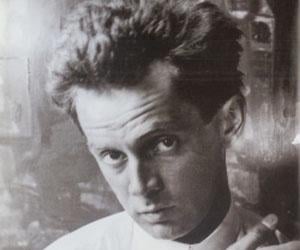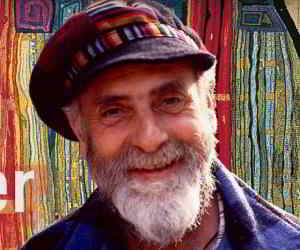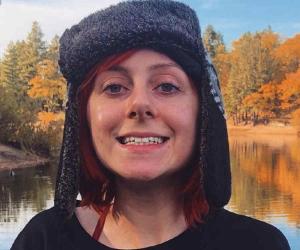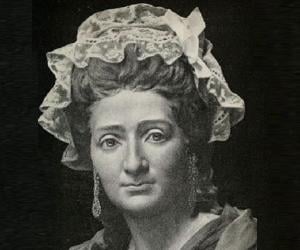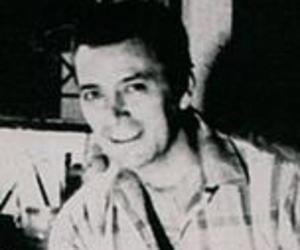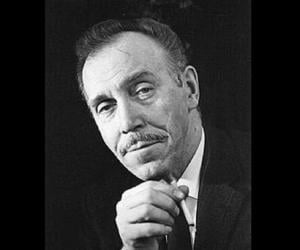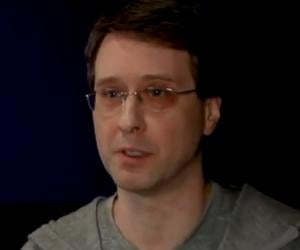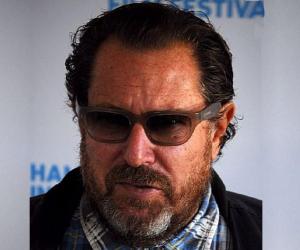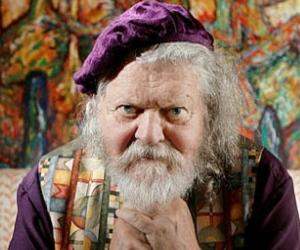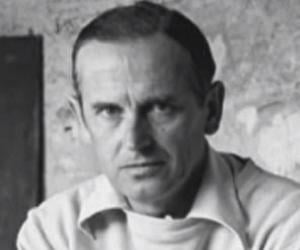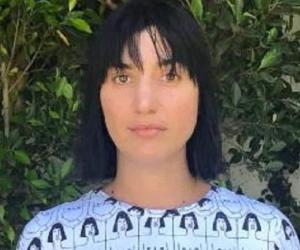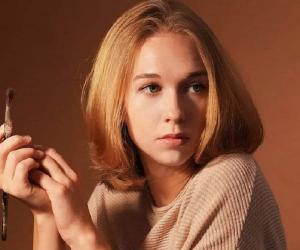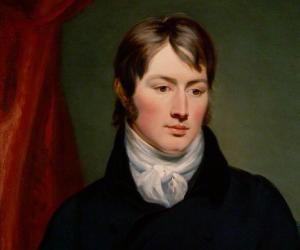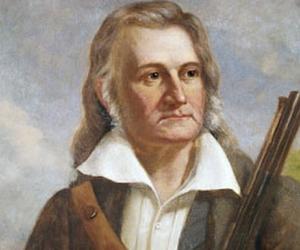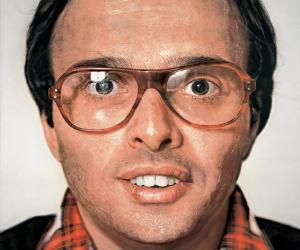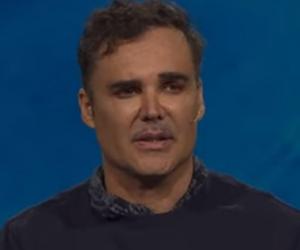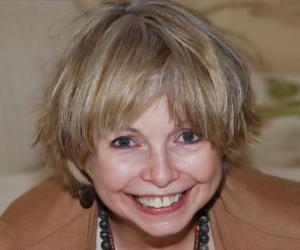Quick Facts
Also Known As: Egon Leo Adolf Ludwig Schiele
Died At Age: 28
Family:
Spouse/Ex-: Edith Harms
father: Adolf Schiele
mother: Marie
siblings: Elvira, Gertrude, Melanie
Artists Austrian Men
Died on: October 31, 1918
place of death: Vienna, Austria
Cause of Death: Spanish Flu
Ancestry: Czech Austrian
Founder/Co-Founder: New Art Group
Childhood & Early Life
Egon Schiele was born in Tulln, Austria to Adolf and Marie Schiele. His father worked as a station master of the Tulln station in the Austrian State Railways and died of syphilis when Egon was only 15 years old.
Until 11, Schiele was fascinated by trains and used to sketch them. It infuriated his father and he burnt those sketches. He was not a very studious student and was only interested in athletics and drawing.
When his father died, his maternal uncle, Leopold Czihaczec, became his official guardian. Schiele troubled him by not taking interest in academics but his uncle recognized his aptitude for drawing. After much resistance, he allowed him a tutor.
In 1906, Schiele started studying at the Kunstgewerbeschule, Vienna, but within one year he was sent to Akademie der Bildenden K�nste for a more traditional learning. He got tired of the conservative style there and left within 3 years.
Career
In 1907, Schiele met Gustav Klimt who took him under his wings, as he was famous for mentoring young artists. He was peculiarly interested in Schiele and bought his drawings, arranged models for him, etc.
The following year, Schiele managed to put up his first art exhibition in Klosterneuburg. He left his academy in Vienna in 1909 and started his own group the ‘Neukunstgruppe (“New Art Group”)’ with the other discontented students.
In 1909, he got an invite from Klimt to exhibit some of his paintings at the Vienna Kunstschau. As he was no more obliged towards his academy, he started exploring the human form and human sexuality.
From 1910-14, Schiele started taking part in various exhibitions, like, Neukunstgruppe in Prague (1910), Budapest (1912), Cologne (1912), Secessionist shows in Munich and solo shows in the Galerie Hans Goltz (1913) and Paris (1914).
In 1912, Schiele was arrested for seducing a girl below the age of consent. He spent 24 days in prison and there he painted a series of 12 paintings portraying the distress of the prison life.
After getting married in 1915, he was ordered to take active role in the army. He was responsible for guarding and escorting Russian Prisoners at Prague. He was eventually made a clerk in POW camp.
While working in the army, he continued to exhibit in Berlin, Munich and Dresden. He also painted Russian POW and used an abandoned store room as his studio. In 1917, he came back to Vienna and started painting full-time again.
In 1918, Schiele participated in the Secession’s 49th exhibition in Vienna. He displayed in total 50 works and drew a poster for the exhibition–– evocation of the ‘Last Supper’, with a picture of himself in the place of Christ.
Major Works
Schiele’s drawings and their scope grew with the experiences of his life. He started out with strong impressions of Klimt’s work, experimented with human sexuality by drawing nudes and then he moved to themes like death and rebirth after his imprisonment.
It was during the war and his involvement in it that highly influenced his work and gave his paintings the detailing it lacked before. Although, most of his models were military officers, Painting nude females still remained his personal favorites.
Personal Life & Legacy
In 1911, Schiele came in contact with Walburga (Wally) Neuzil, a 17 year old model, for some of his paintings. He was introduced to him by Gustav Klimt. She is considered as Klimt’s mistress by many.
Both of them ran away from Vienna to the small town of Cesk� Krumlov in southern Bohemia but their outrageous lifestyle was vehemently disapproved by the people of the town – especially his employing of teenage girls as his models.
Facing resistance from people, the couple moved to Neulangbach and continued with their lifestyle. Schiele’s studio became famous for being a hangout point for the delinquent children of the town.
In 1912, he was arrested for seducing a girl who was below the age of consent to form sexual relationship with him. He was imprisoned and his paintings were declared as pornographic and erotic.
He got married to Edith Harms in 1915 and wanted to continue his affair with Wally. She left him and never saw him again. This is time when he made his famous painting ‘Death and the Maiden’.
In 1918, Schiele’s wife, Edith, died of the Spanish flu, which had already killed 20,000,000 people in Europe. When she died she was 6 months pregnant and within three days of her death, Schiele also succumbed to it and died.
Facts About Egon Schiele
Egon Schiele was known for his unconventional and provocative approach to art, often depicting raw and emotional subjects in his paintings and drawings.
Schiele’s unique style and use of distorted figures and bold lines set him apart from other artists of his time, earning him a reputation as a leading figure in the Expressionist movement.
Despite facing criticism for his controversial subject matter, Schiele remained dedicated to his artistic vision and continued to push boundaries in his work.
Schiele’s work has had a lasting impact on the art world, influencing future generations of artists with his bold and innovative approach to portraiture and figure drawing.
In addition to his artistic talents, Schiele was also a skilled poet and writer, further showcasing his creativity and multifaceted talents.


